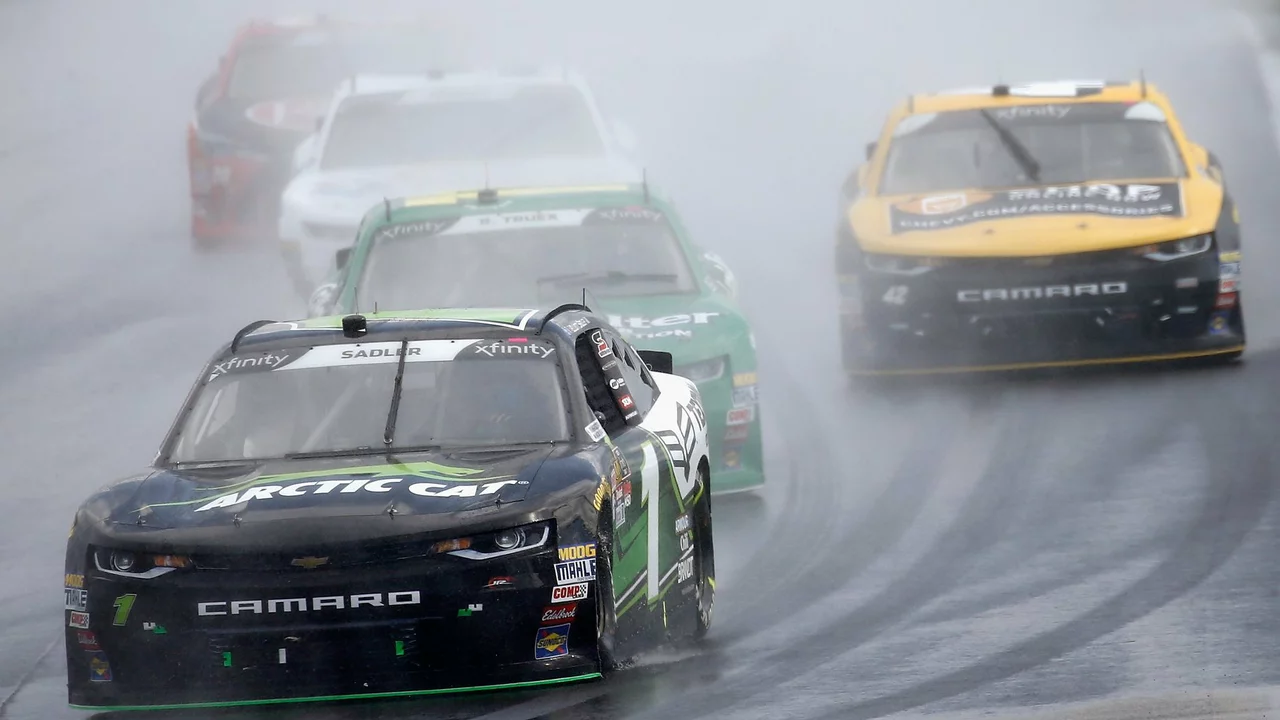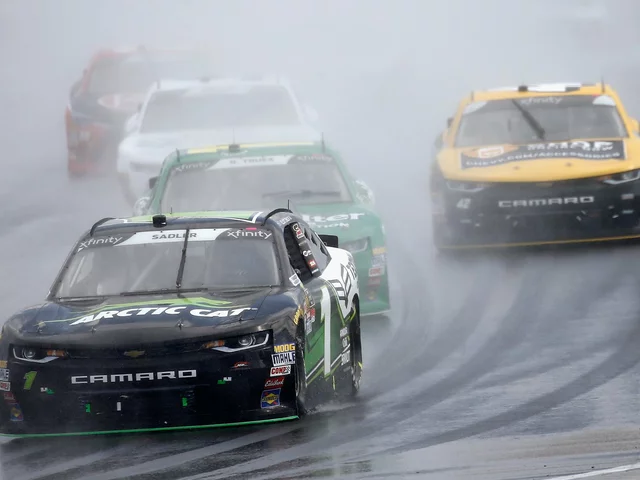Motorsports Hub – News, Tips & All You Need to Know
Welcome to the place where speed meets community. Whether you’re chasing the thrill of a wet‑track race or dreaming of a seat in a U.S. race car, you’ll find practical advice, real‑world examples, and the latest buzz right here. Grab a coffee, fire up the engine, and let’s get straight to the stuff that matters.
Racing in the Rain – What Happens When the Track Gets Wet
Rain on a race weekend is like a surprise twist in a movie – it can make things exciting or cause a pause, depending on the series. Formula 1 loves a good drizzle; teams switch to slick‑to‑wet tires and drivers hunt for grip, turning a normal lap into a high‑stakes balancing act. The extra spray, the sliding corners, the split‑second decisions – it’s why fans call it “wet racing drama.”
Not every championship rolls with the puddles. NASCAR, for example, usually calls a halt when the track gets soaked because their stock‑car design and high‑speed ovals don’t handle water well. Instead of risking a spin‑out, officials may delay or shorten the event until conditions improve. So, if you hear a race being postponed, it’s not a sign of weakness; it’s a safety rule that keeps drivers and fans protected.
For local racers in Gateshead, the same principles apply. If you’re planning a club night, check the weather forecast, have wet‑track tires ready, and know the circuit’s drainage limits. A drizzle can add a fun challenge, but a downpour might mean rescheduling.
Dreaming of a Driving Seat? How to Start a Racing Career in the U.S.
Thinking about crossing the Atlantic to chase a racing career? The first step is to get in early – most pros start with karting before they’re 12. Karting teaches throttle control, racing lines, and the mental grit you’ll need on larger machines. Look for a reputable karting club, sign up for a few evenings, and start logging lap times.
Next up is a racing license. In the U.S., the Sports Car Club of America (SCCA) offers a “Road Racing School” where you can earn a competition license after completing a few on‑track sessions. It’s not just paperwork; the school gives you hands‑on experience with safety gear, car handling, and race etiquette.
Sponsorship is the fuel that keeps the dream alive. Start by building a personal brand – share your karting videos, post track day updates, and network with local businesses. A small sponsor can cover entry fees, and as you rack up results, bigger backers will notice.
Finally, join a development program or a semi‑pro series like the IMSA Michelin Pilot Challenge. These series are stepping stones that expose you to professional teams, advanced car setups, and a larger audience. Keep your schedule tight, stay disciplined with fitness, and always be ready to learn from every mistake on the track.
Back home in Gateshead, you can practice the same habits: track days, a solid fitness routine, and a focus on data analysis. The more you treat the sport like a job, the easier the transition will be when you hop on a U.S. circuit.
Whether you’re debating wet‑track tactics or plotting a career move across the pond, the key is to stay curious, stay safe, and keep the engine roaring. Albany Motorsports Gateshead is here to fuel that passion – check out our event calendar, join the forum, and never miss a chance to get closer to the action.
 28 July 2023
28 July 2023
Do auto races take place in the rain?
Alright, my speed-loving friends, you've been asking, and I'm here to spill the beans - do auto races take place in the rain? The answer is, drumroll please, yes and no! Some racing series, like Formula 1, embrace the wet stuff and call it an exciting twist - like adding hot sauce to your favorite taco. But on the flip side, NASCAR tends to put the brakes on when the skies open up, mainly because their cars are as good on wet tracks as I am at juggling chainsaws! So, there you have it, a mixed bag of damp and dry, just like British weather!
 16 February 2023
16 February 2023
How can I become a race car driver in the U.S?
Becoming a race car driver in the United States requires dedication, training and experience. It is important to start young, as many racers begin their racing careers between the ages of 8 and 12. In order to gain experience and knowledge, prospective racers must obtain a racing license and take part in local events and karting competitions. It is important to obtain sponsors and build relationships with other drivers to help you get to the professional level. Lastly, a racer should join a professional racing organization in order to gain access to more advanced events and higher-level competitions.
Latest Posts
-

US Tech Giants Commit $30 Billion to UK AI Infrastructure in Landmark Tech Prosperity Deal
-

Do auto races take place in the rain?
-

Sexy Hot Escort Paris: What You Need to Know Before You Go
-

Early November Snow Hits Europe: Experts Warn of Unusual Winter Risks
-

No Reviews for 'Wicked: For Good' Yet — Release Imminent, Embargo Holds Critics at Bay
0